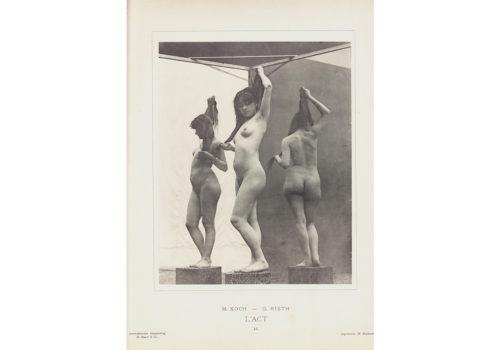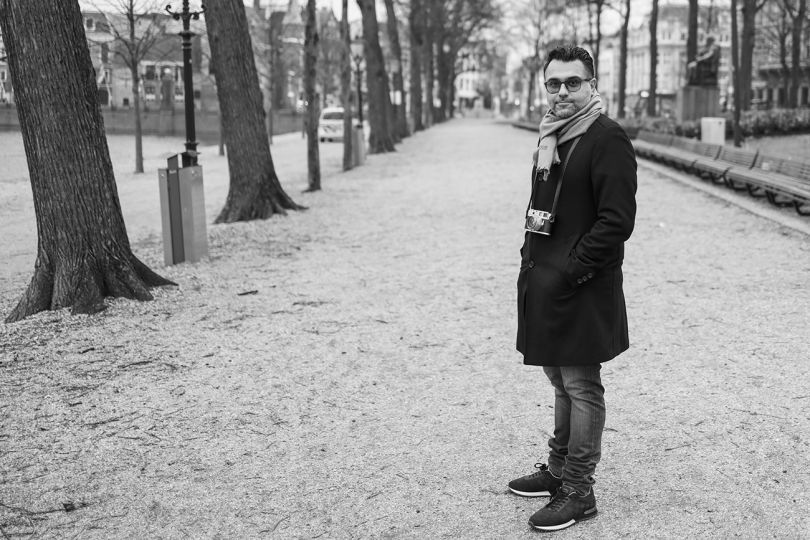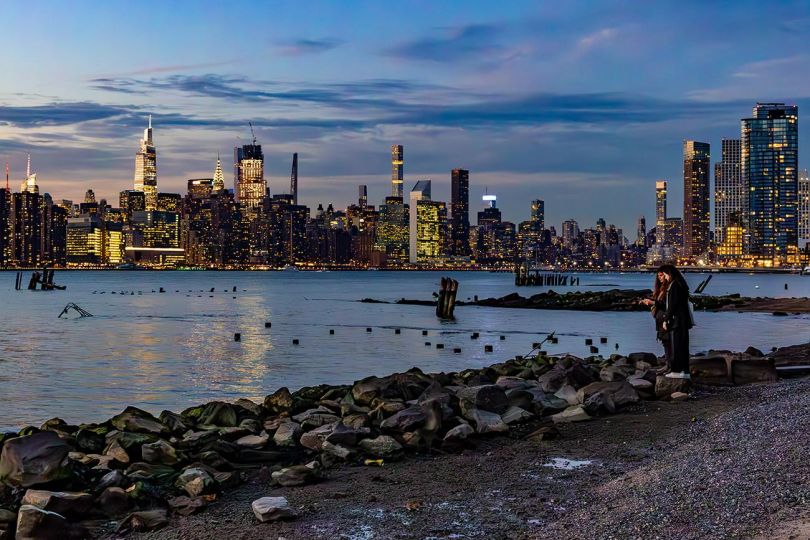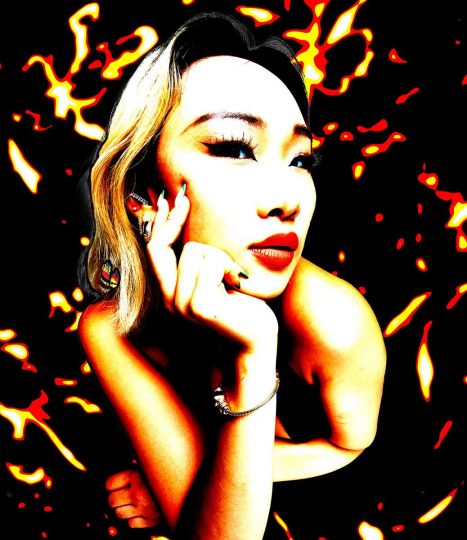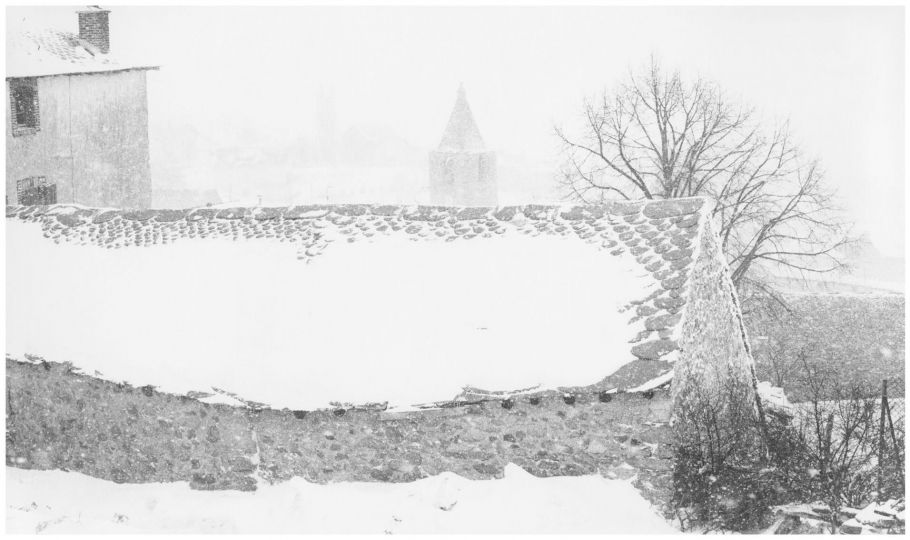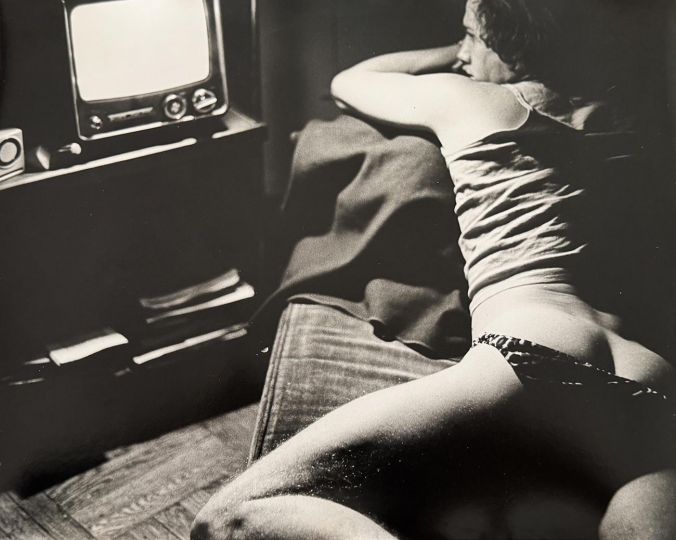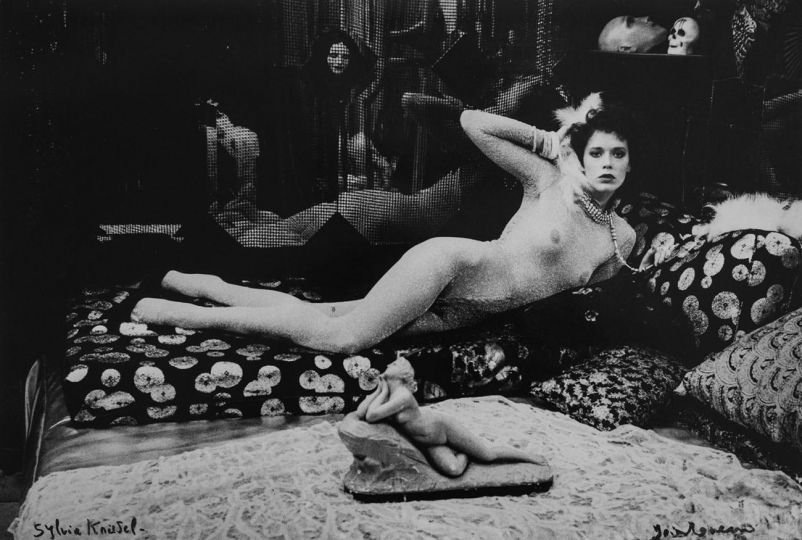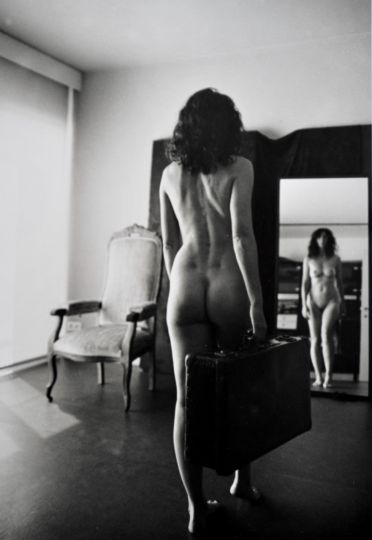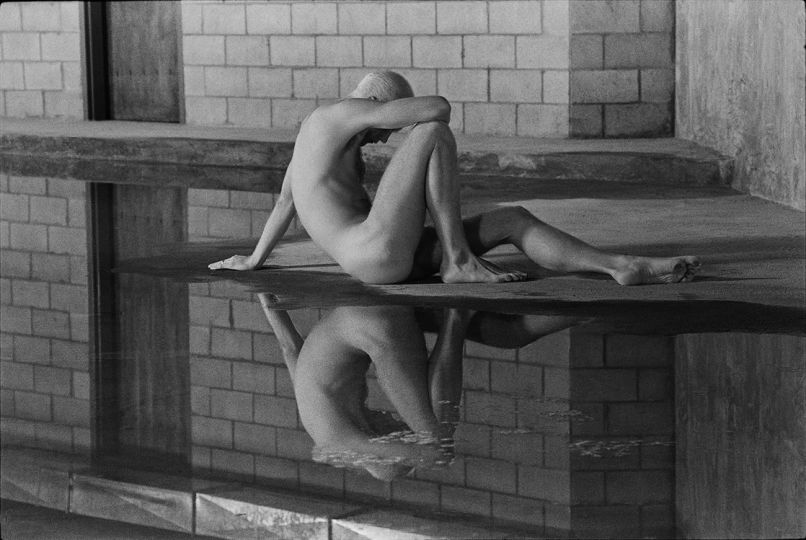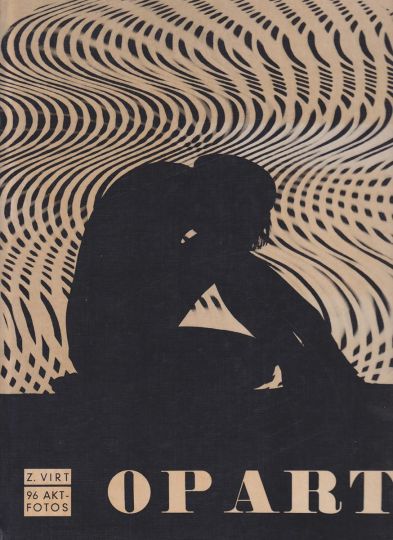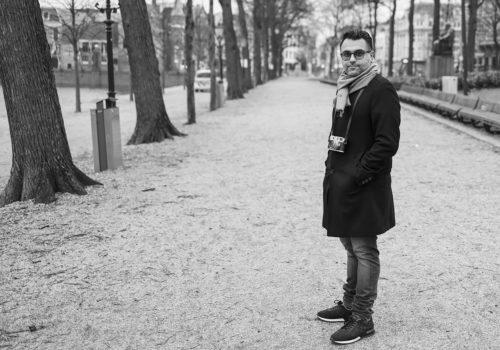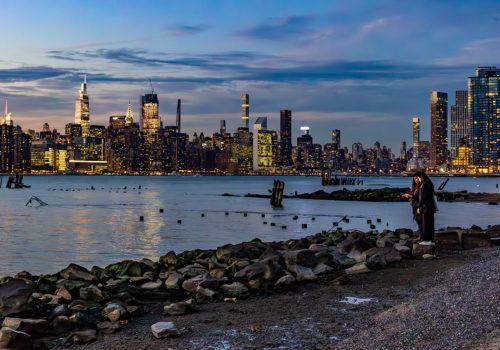My last column published in The Eye of Photography was several months ago, and not without reason. In the meantime, I have been busy preparing for the centenary of the association that I have the honor and privilege of chairing; it is now done, and here I am at peace for a century.
I therefore return to this subject that I began to develop in my previous talk: fantasy in nude photography (with all its variants: extravagance, whim, zaniness, oddity, surrealism, grotesque…). After having mentioned the two main representatives of this trend which was not very widespread before the First World War, I will now focus our interest on the period which followed it, a period of around twenty years rich in social and cultural mutations and innovations, but with relatively few events relating to this theme, unlike the years 40 to 75 which followed it. Quite surprisingly, in fact, in these two decades when Dada and surrealism developed, these movements displayed little influence on nude photography, at least those which were published in printed albums.

